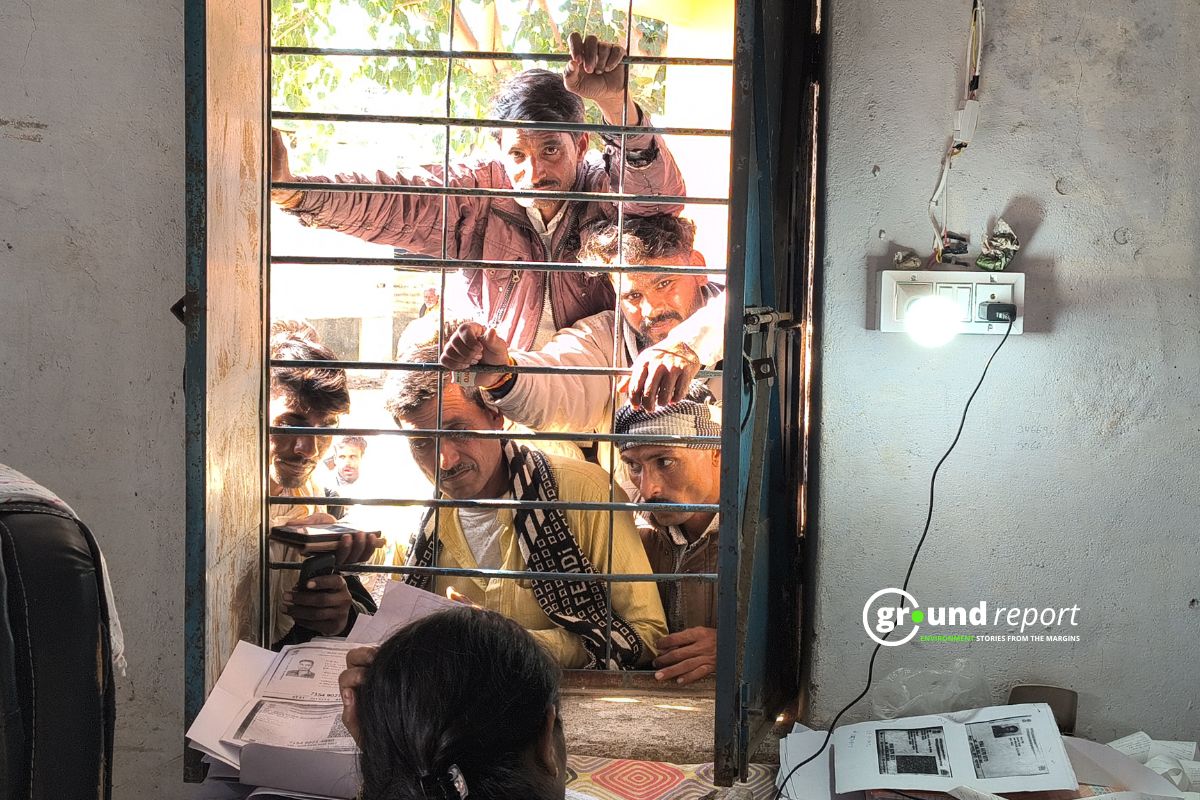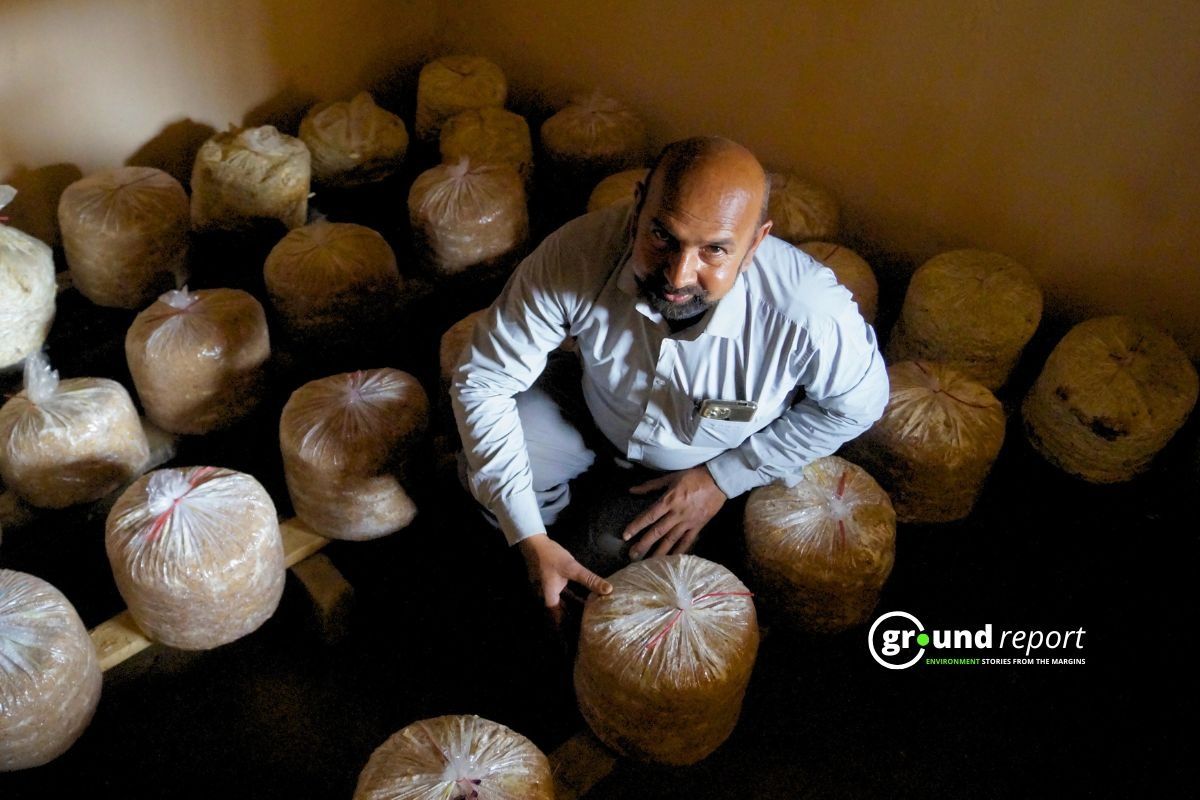Delhi hit a new record high for May, with temperatures reaching 49.9 degrees Celsius (121.8 Fahrenheit), as reported by the India Meteorological Department (IMD). The IMD reported “severe heat-wave conditions” across the city, with the extreme temperatures recorded at two stations in the Narela and Mungeshpur suburbs.
Delhi report nearly 50 degrees
Forecasters warn of persistent intense heat on Wednesday, compounding residents’ struggle with sweltering conditions. Last May, parts of Delhi reached highs of 49.2°C (120.5°F), highlighting the region’s vulnerability.
India is used to high summer temperatures, but scientific research links climate change to more frequent, prolonged, and intense global heatwaves, posing significant health risks, especially for vulnerable populations like infants, the elderly, and those with chronic illnesses.
Delhi is facing a scorching heatwave and potential water shortages. According to reports in the Times of India, Atishi Marlena, the city’s Water Minister, has called for “collective responsibility” to curb wasteful water usage. “To address water scarcity, we’ve reduced water supply from twice to once a day in many areas,” Atishi said, as quoted by the Indian Express.
The rationed water supply is being diverted to areas with acute shortages, where residents receive water for only 15 to 20 minutes daily. The IMD has warned of the heat’s potential impact on public health and urged residents to take necessary precautions.
Delhi battles a heatwave, while other parts of India deal with Cyclone Mocha’s aftermath. The cyclone made landfall on Sunday, claiming over 38 lives in West Bengal and Mizoram. Bangladesh’s Meteorological Department described the cyclone as “one of the longest in the country’s history,” attributing its behavior to climate change.
What’s causing extreme heat?
Experts attribute Delhi’s extreme heat to hot winds from Rajasthan. Mahesh Palawat, vice-president of Meteorology and Climate Change at Skymet Weather, explained that “vacant land increases radiation. These regions become exceptionally hot due to direct sunlight and lack of shade.”
Kuldeep Srivastava, the regional head of the IMD, added that “parts of Delhi are particularly susceptible to the early arrival of these hot winds, worsening the severe weather. Areas like Mungeshpur, Narela, and Najafgarh are the first to experience the full force of these hot winds.”
The IMD declares a heatwave when the maximum temperature reaches at least 45°C. For plains, it’s 40°C or higher, coastal stations 37°C or more, and hilly regions 30°C or more for two or more consecutive days.
In addition to Delhi, many places in Bihar, Madhya Pradesh, Punjab, and Uttar Pradesh also reported their highest maximum temperatures for the season on Tuesday. In response, the IMD has issued a red alert for the national capital, Haryana-Chandigarh, parts of Rajasthan, Punjab, Uttar Pradesh, and other northern Indian cities, effective until May 29.
Keep Reading
Part 1: Cloudburst in Ganderbal’s Padabal village & unfulfilled promises
India braces for intense 2024 monsoon amid recent deadly weather trends
Support us to keep independent environmental journalism alive in India.
Follow Ground Report on X, Instagram and Facebook for environmental and underreported stories from the margins. Give us feedback on our email id greport2018@gmail.com.
Don’t forget to Subscribe to our weekly newsletter, Join our community on WhatsApp, and Follow our YouTube Channel for video stories.






